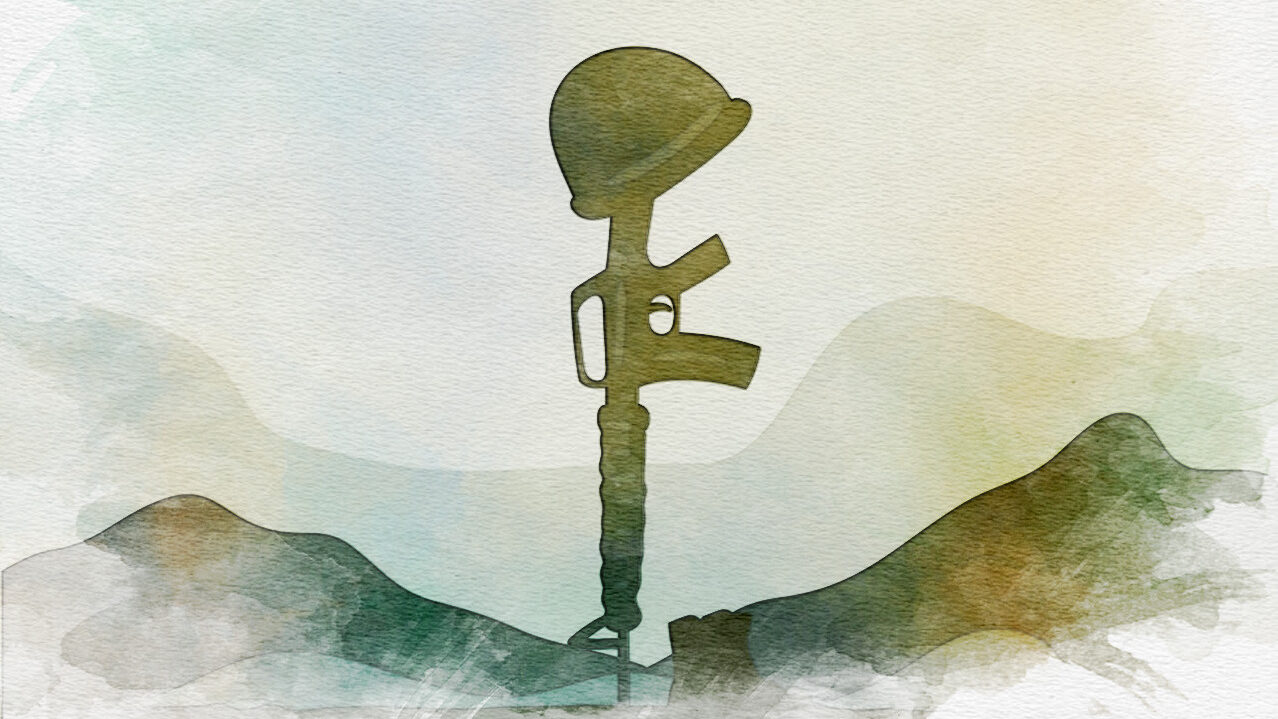
Addis Abeba – Disarmament, Demobilization, and Reintegration (DDR) has emerged as one of the three policy pillars keenly pursued by the current administration of Prime Minister Abiy Ahmed, alongside National Dialogue and Transitional Justice, ostensibly to transition Ethiopia from the ongoing crises into a peaceful and stable state.
In April, the National Security Council announced that armed forces operating in the country must disarm and participate in a reform process led by the National Rehabilitation Commission (NRC) to ensure sustainable peace in the country. “By disarming, pacifying, and reintegrating armed groups into society, we must move our politics from the battlefronts to the negotiation table, from the bushes to meeting halls,” the council stated.
DDR is a complex and inherently political process that should be preceded by peace agreements addressing the underlying causes of conflict and outlining the terms and conditions of the procedure
While DDR is widely accepted as a plausible framework for achieving long-lasting peace and stability in post-conflict countries, in Ethiopia, the necessary enabling factors are missing for the program to succeed. DDR is a complex and inherently political process that should be preceded by peace agreements addressing the underlying causes of conflict and outlining the terms and conditions of the procedure. Without such agreements and a shared commitment to peace between the government and armed groups, there is a risk that the latter will not adhere to the process due to the lack of assurances provided by a political accord.
This issue is particularly evident in the Ethiopian government’s approach to DDR in the conflict-ravaged Oromia and Amhara regions. In Oromia, two rounds of talks between the government and the Oromo Liberation Army (OLA) aimed at ending the five-year militarized conflict were unsuccessful. Nevertheless, the government has initiated what it describes as DDR, involving thousands of combatants that it claims to have “surrendered” to its forces.
Similarly, in the Amhara region, where Fano militias are actively fighting with government forces, the local government claims to have rehabilitated and reintegrated thousands of militants who it said have “surrendered or abandoned” armed struggle in response to the government’s peace calls. However, in both regions, armed groups continue massive recruitment, training, and induction of new militants, rendering the government’s claims irrelevant.
In the Tigray region, the lack of the full implementation of the Pretoria Cessation of Hostilities Agreement, and the subsequent executive agreement signed in Nairobi, which clearly defined the terms and conditions of DDR in the region, is casting a shadow of doubt on whether the federal government has the political commitment to implement an orderly and effective transition from the two-year war to a peaceful settlement.
This delay is partly due to resource mobilization constraints, understandably, but it is primarily due to a lack of political commitment on the part of the federal government and consistent and principled engagement between the two co-signing parties
The Pretoria Agreement under Article 6 (f) stipulates that both parties agreed “to finalize the overall disarmament of the TPLF combatants, including light weapons within 30 days from the signing of this agreement.” An additional implementation roadmap was provided in the subsequent Nairobi Declaration of Executive Plan under Article 2.1/D, which stated that “disarmament of heavy weapons will be done concurrently with the withdrawal of foreign and non-ENDF forces from the region.” The task of ensuring that was assigned to the federal government.
However, 15 months after both Pretoria and Nairobi, in February this year, Getachew Reda, the interim president of the Tigray region, reported that over 270,000 ex-fighters were still awaiting DDR. This delay is partly due to resource mobilization constraints, understandably, but it is primarily due to a lack of political commitment on the part of the federal government and consistent and principled engagement between the two co-signing parties. The failure of the African Union (AU) Joint Committee Meeting of the Monitoring, Verification and Compliance Mechanism (MVCM) to follow through and make its findings publicly available is the other culprit.
This indicates that even a process brokered by international mediators and agreed on by two warring sides cannot guarantee a successful DDR unless it is backed by the necessary commitment. The effective implementation of DDR in Tigray could have served Ethiopia as a valuable precedent.
International stakeholders who are keen to finance the DDR projects in Ethiopia must also make genuine commitments to follow through the implementation process according to agreed-upon terms and conditions
Given the ongoing militarized conflicts in the Oromia and Amhara regions and the failures in implementing an orderly and rules-based DDR in Tigray, considering DDR as a means to ensure lasting peace and stability in Ethiopia serves no purpose other than public relations.
Once again, this publication calls for a negotiated settlement to end the ongoing conflicts in Oromia and Amhara not only as a crucial precondition for effective DDR but also to restore the normalcy of civilian life for millions of young Ethiopian men and women.
International stakeholders who are keen to finance the DDR projects in Ethiopia must also make genuine commitments to follow through the implementation process according to agreed-upon terms and conditions, including in the Tigray region and to ensure the process is comprehensive and achieves its intended outcomes. AS




